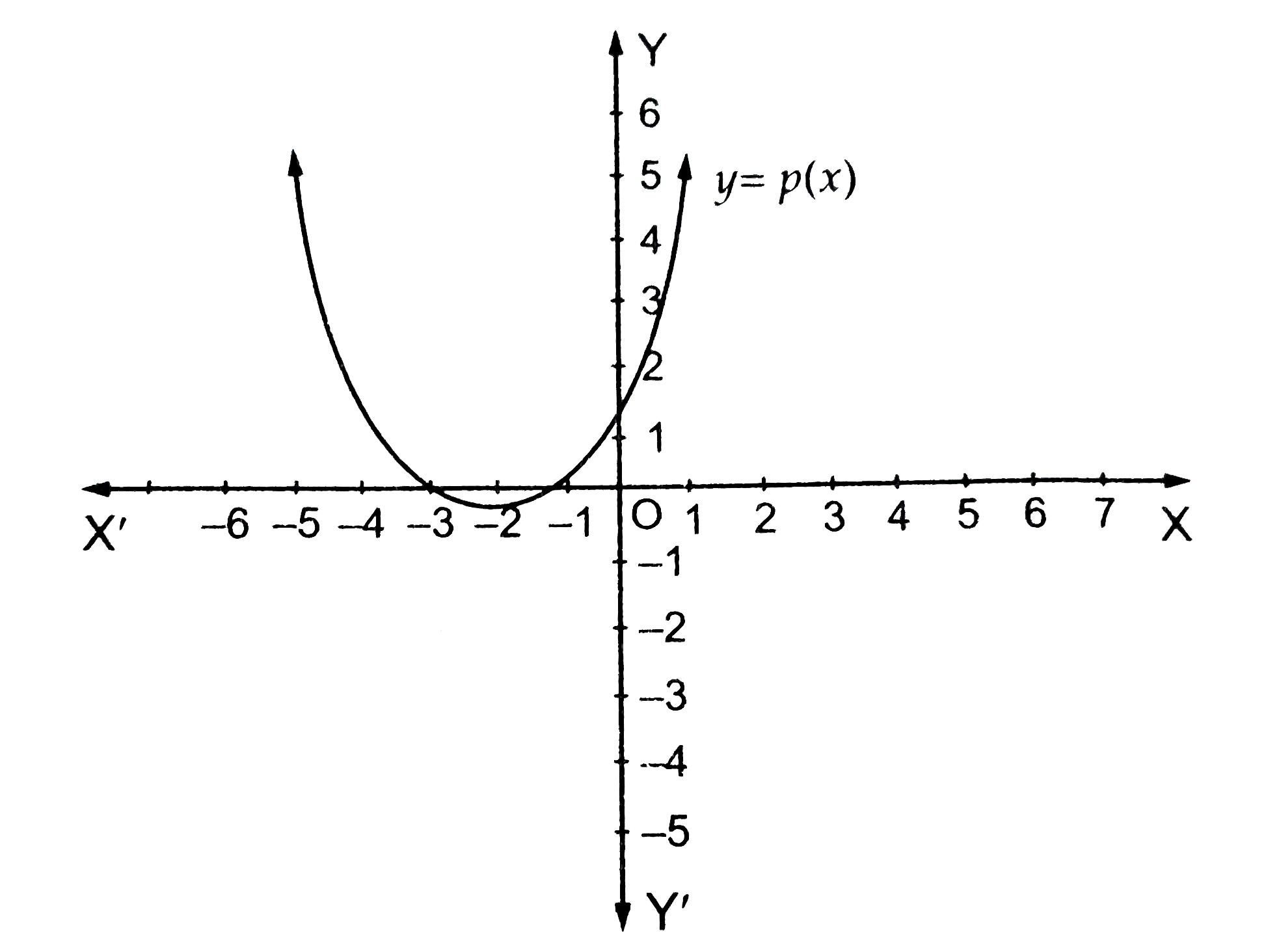Read the following passages and answer the questions that follow
Causality is one of the central notions in our conception of the world. We think of the things and events we experience as connected, and causal relations between them is perhaps the most important connection. Thoughts of causation are central to how we think about our own actions, thoughts, responsibilities and relationships. Yet, however common the notion of causation is in our thoughts, it proves to be very mysterious once we focus on it in an attempt to gain a better understanding of it. As a number of philosophers (including Nicolas Malebranche and David Hume) emphasized, it appears that we do not have any direct experience of causation. We see events follow one another, and often conclude that one caused the other, but it is not as though we perceive some sort of force passing from one to the other. Even in the case of our own actions, we are strikingly unable to explain how a decision to ask a question brings about motion in our bodies. Even setting such epistemological problems aside, we might wonder what it is we are saying when we say that one thing causes another. We seem to be saying more than that one thing follows the other, but what is that something more? It appears to involve some thought about other events of a similar type (for instance, in saying that a thrown rock broke a window, we appear to commit ourselves to the belief that there is some sort of general connection between throwing rocks and breaking windows), but it is not clear what that involvement amounts to According to Aristotle, the 'Material Cause' is the "raw material" from which a thing is produced - its parts, constituents, substratum, or materials. This rubric limits the explanation of cause to the parts (the factors, elements, constituents, ingredients) forming the whole (the system, structure, compound, complex, composite, or combination) (the part whole causation). For instance, the material causes of a human body would be a set of organs (skin, heart, bones, etc.). Importantly, each of these organs would in turn have material causes (types of tissue). This division can be continued down at least to the level of the basic elements. Aristotle defines 'Formal Cause' as the 'form' of a thing, in virtue of which it is the sort of thing it is. Anything is thought to be determined by its definition, form(mold), pattern, essence, whole, synthesis, or archetype. For instance, the form of a human body would be the arrangement of the organs (muscle covering the bones, skin covering the muscle, etc.).
The word "determined"means the same as
destroyed
established
mesmerized
predefined
The correct Answer is:B
Similar Questions
ताशों की गड्डी से तीन ताश यदृच्छया खींचे जाते हैं उनमें से एक बादशाह, एक बेगम और एक गुलाम हो, इसकी प्रायिकता ज्ञात करो।
View SolutionRb+ तथा I− की आयनिक त्रिज्याएँ क्रमश: 1.45 तथा 2.16 Å है । क्रिस्टल जालक की सर्वाधिक संभावित संरचना है :
View Solutionआयनिक ठोसों के लिए जिसमे धनायन तथा ऋणायन प्रबल वैधुतक्षैतिज बल के द्वारा जुड़े होते हैं इनमे से कौन-सा कथन सही नहीं है ?
View SolutionFe,CuSO4 विलयन से Cu विस्थापित कर देता है जबकि Ag, तथा PtCuSO4 विलयन Cu से विस्थापित नहीं कर पाता क्यों ?
View Solutionयदि चित्र बहुपद p(x) का आलेख दर्शाता हो, तो बहुपद के शून्यक ज्ञात करे |

View Solutionयदि किसी बहुपद को −x2+x−1 से विभाजित किया जाये तो भागफल x -2 तथा शेषफल 3 प्राप्त होता है, तो बहुपद है :
View Solution10.0 ग्राम अवाष्पशील विलेय को 180 ग्राम जल में घोला गया. यदि वाष्पदाब में आपेक्षिक अवनमन 0.005 है तो ठोस का अणुभार ज्ञात कीजिए.
View Solutionविशिष्ठ चालकता एव सेल स्थिरांक क्या है और इनमे क्या सम्बन्ध है ?
View Solution
